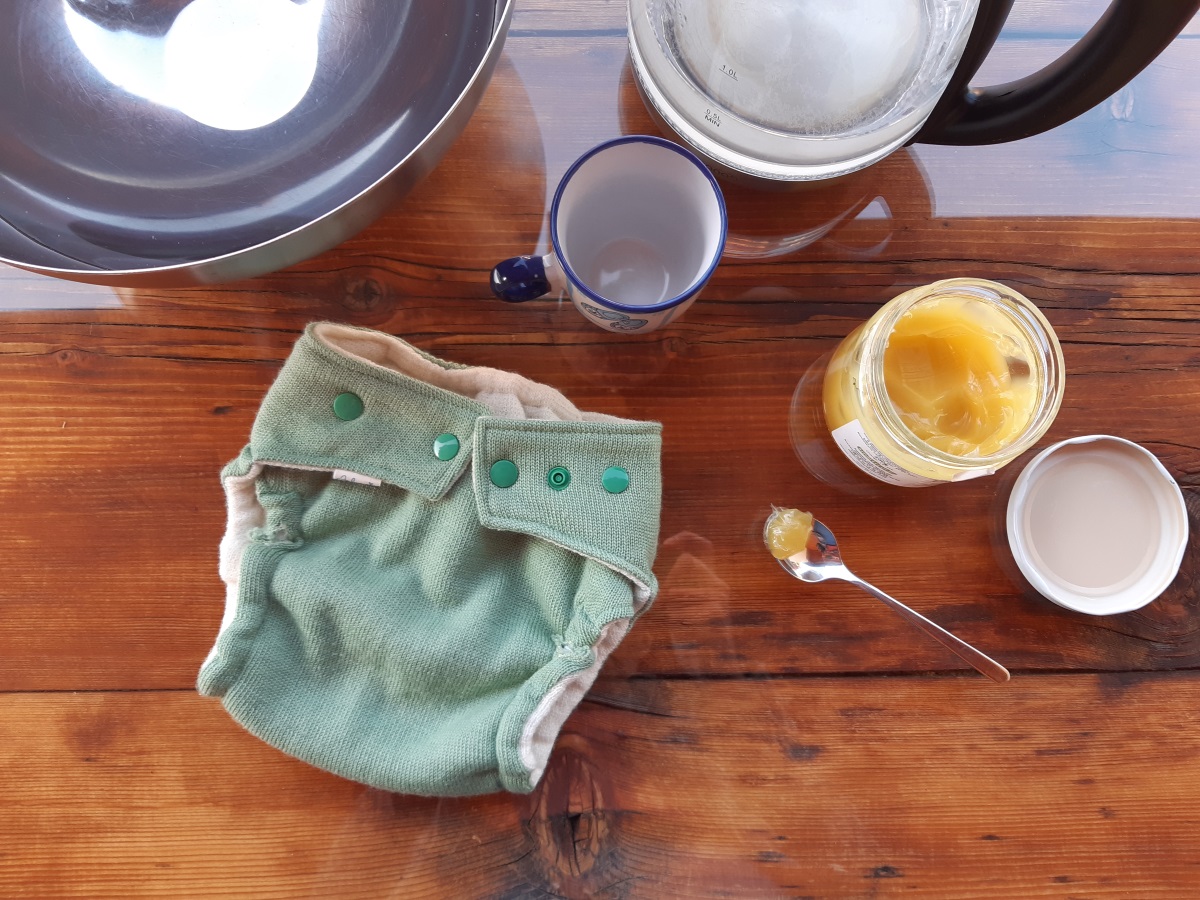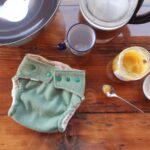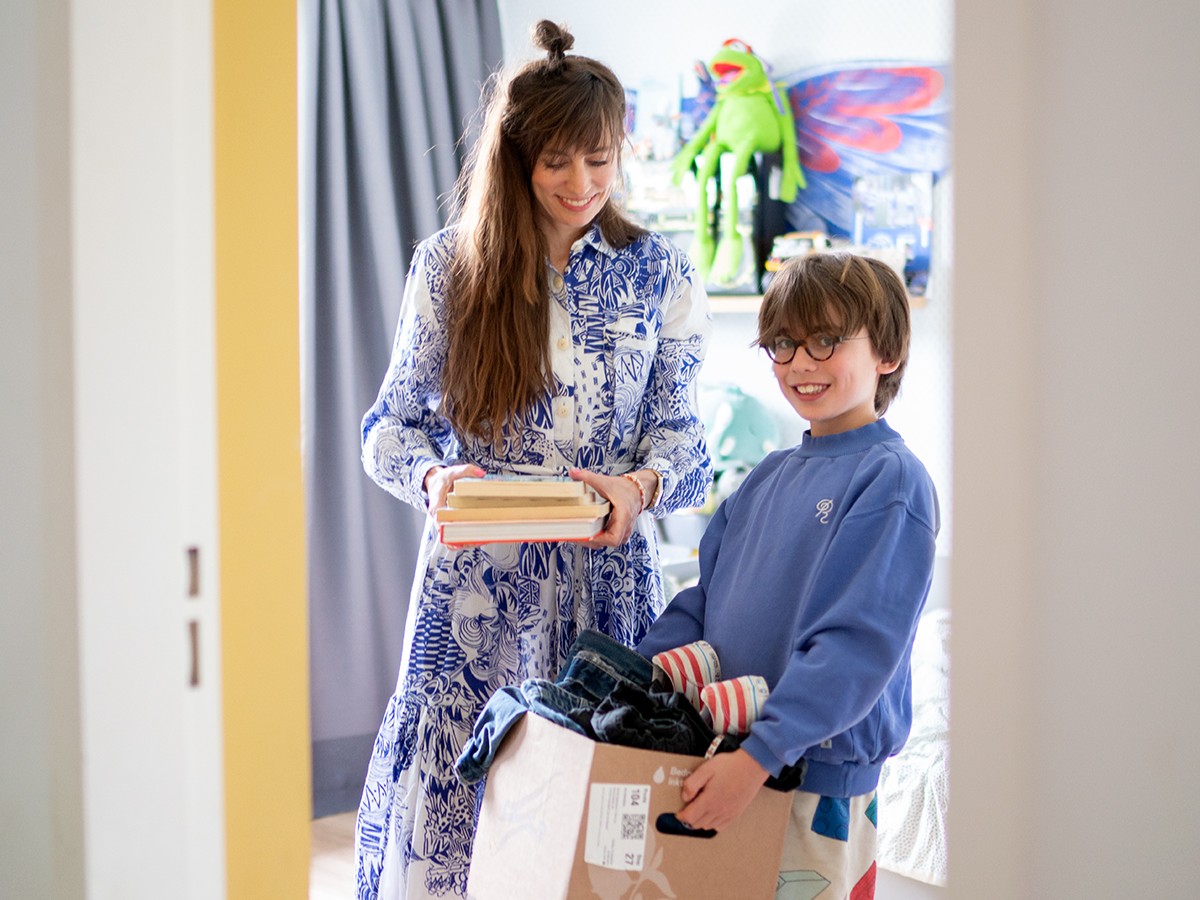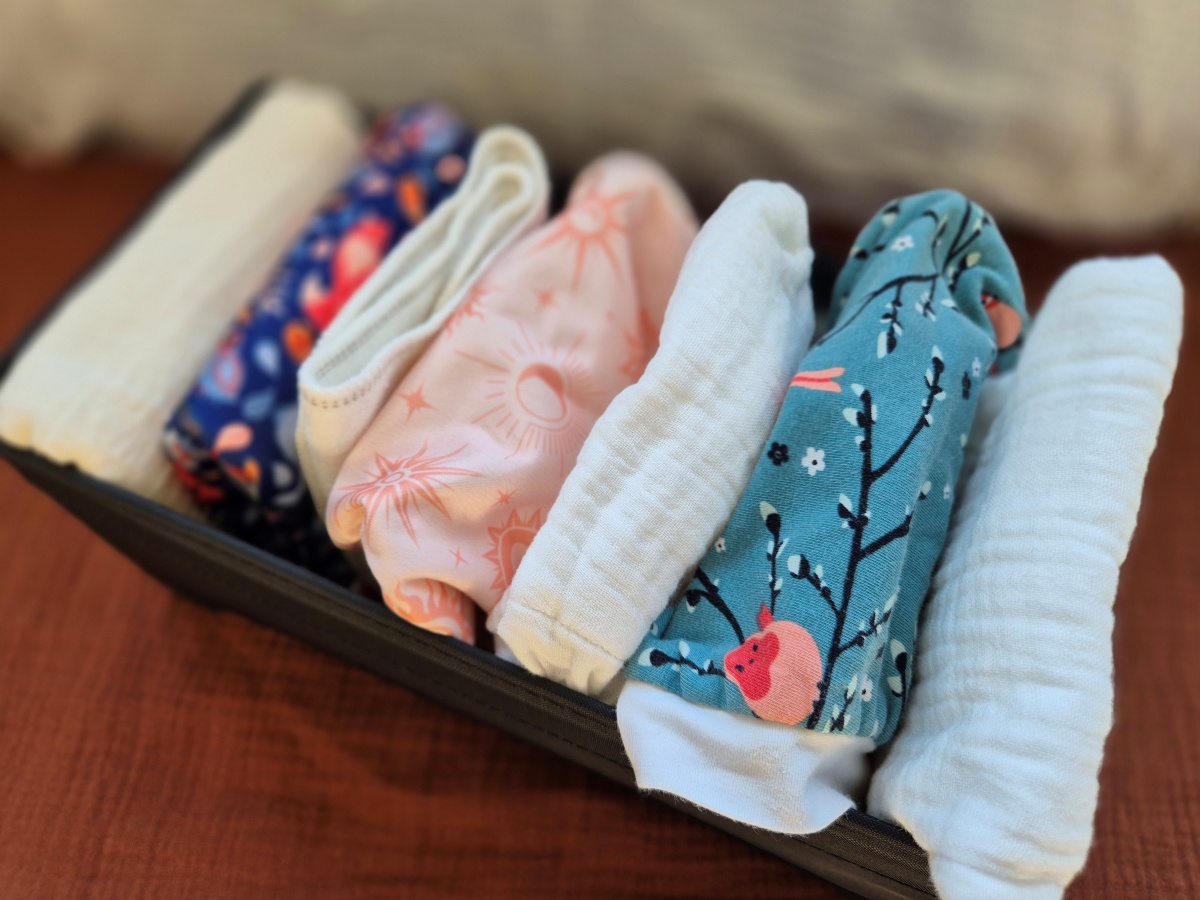If you use washable nappies for your baby, you can opt for wool overpants. Earlier, we wrote extensively about woollen overpants. Wool bibs are made of a natural material, regulate temperature and do not need to be washed as often as polyester bibs. What they do need is a lanolin bath. Lanolin is a natural fat from sheep's wool that makes wool water-repellent. Don't let that difficult term put you off, because with our step-by-step plan, lanolising is a breeze.
What is lanolin?
You may have heard of lanolin. This is because it is not only used to lanolise wool pants, but is also a common ingredient in personal care products. Lanolin is produced by sheep's sebaceous glands and is thus naturally found in sheep's wool. This oily goodness makes wool water- and dirt-repellent and conditions the skin, so that is why it is also often used in cosmetics. Lanolin is extracted from sheep's wool by washing and filtering it out. What remains is a viscous, oily substance that melts when it gets hot.


Solid lanolin melts in hot water. If you add an emulsifier (such as baby shampoo), the lanolin mixes with the water and looks like milk
Why do you need to lanolise wool pants?
Now you may be thinking: if lanolin is naturally present in wool, why do woolen overshirts need an occasional lanolin bath? Well, during production and when washing wool (with detergent), the lanolin disappears from the wool. As the purpose of a pant is to be water-repellent, we need to replenish the lanolin in the wool. This can be done by soaking the trousers in a lanolin bath. You do this once or twice for a new pair of pants and then every two to six weeks or so, depending on how often you use and wash the wool pants.



Pour the emulsion into the bowl and put in the overpants. You can put a plate on top so that the overpants stay well submerged.
Roadmap: wool pants lanolising
Tools
- ½ teaspoon pure lanolin(1 to 4 grams, depending on the size of the wool pants)
- few drops of baby shampoo(if you don't have this in the house, eco-detergent can also be used)
- cup of boiling water
- bucket or bowl with lukewarm water(approx. 2 litres)
Instructions
- Put the lanolin and a few drops of baby shampoo in a cup of boiling water.
- Stir just until everything is well mixed and it looks like milk. The idea is that no more fat droplets should be visible.
- Fill a bucket or bowl with about 2 litres of lukewarm water and add the emulsion from the cup. Mix gently.
- Turn the pants inside out and put them in the bucket/bowl. The aim is to completely submerge the pants. You may want to put another plate or mug on top to keep it well submerged.
- Soak the overpants for at least three and at most 12 hours.
- When you take the overpants out, squeeze out the water. A trick so the wool dries faster: lay the overpants on a towel, roll up the towel and walk with your feet on it (see photos). Then let the wool dry lying down as usual.



By rolling up the wool overshirt in a towel and moving your feet on it, the wool overshirt dries much faster without wringing it out (which can damage the wool).
Tips for lanolising wool pants:
To keep your wool knickers in top condition, we have a few more handy tips:
- Before lanolising, make sure the panty cover is clean. Otherwise, urine and dander can get stuck in the overpants and you don't want that.
- If the overpants are still wet when you lanolise, the lanolin can soak in better. You can also lanolise dry overpants just fine, only you have to leave them in the lanolin bath a little longer.
- Never let wool dry on the heater or in the sun.
- You can keep the lanolin emulsion that remains after lanolising in a bottle and use it if a small part of the wool pants is no longer waterproof. Then pour a small amount of the lanolin emulsion over the wool pants and let it soak in well. Store the emulsion in a clean, airtight bottle or jar in a cool, dark place (e.g. in a cupboard). This way, the emulsion will normally keep for a few weeks. To be sure, look at and smell the emulsion before using it.
More washable nappy tips
- Also see: This is how washing washable nappies works.
- Also see: All about the materials of washable nappies.
- Also see: making inserts for washable nappies yourself.
Sources: Nappy's.nl, Jovoh, Waschbare Welt. Photo credits: Kirsten Schoner.













